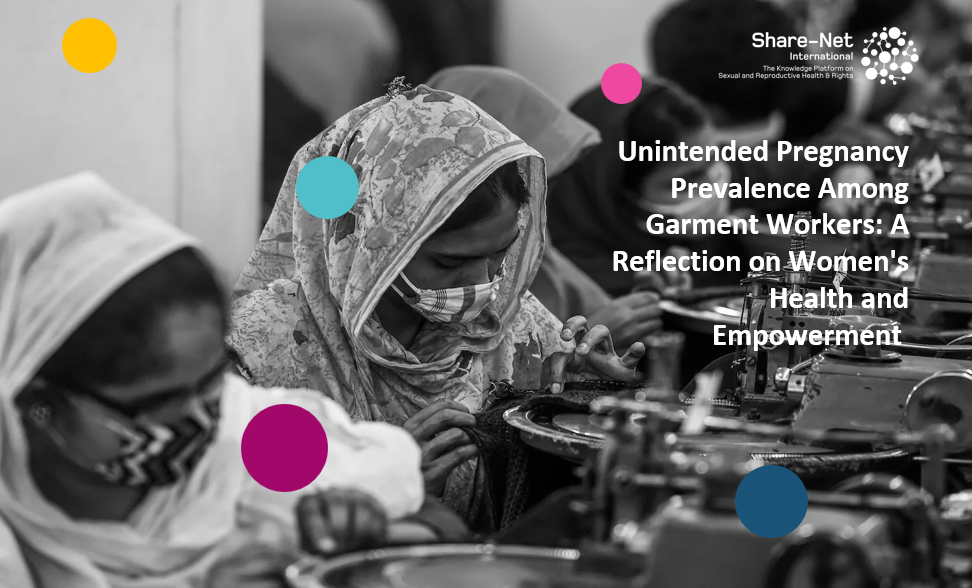Unintended Pregnancy Prevalence Among Garment Workers: A Reflection on Women’s Health and Empowerment
In a groundbreaking study conducted among female garment workers in Bangladesh, it has been revealed that a staggering 43% of pregnancies are unintended. This alarming statistic sheds light on the pressing issue of reproductive health and empowerment faced by women in the country’s garment industry. The findings of this study demand immediate attention and a comprehensive response to safeguard the well-being and rights of these workers.
The garment industry in Bangladesh has long been a crucial driver of economic growth, providing employment opportunities for millions of women. However, this study exposes the darker side of this otherwise thriving sector. Women who work in garment factories face numerous challenges, including poor working conditions, long hours, low wages, and limited access to healthcare services.
The high prevalence of unintended pregnancies among garment workers is a complex issue that stems from a combination of factors. The study identifies inadequate knowledge about contraception, limited access to reproductive healthcare, and social stigma surrounding sexual and reproductive health as significant contributing factors. Additionally, power imbalances within the workplace and a lack of agency further exacerbate the problem.
Unintended pregnancies not only pose significant health risks to women but also impose considerable economic burdens on them. Many garment workers face the difficult choice of continuing with an unintended pregnancy, risking their health and financial stability, or seeking unsafe abortions due to limited options and social stigma. This cycle perpetuates a vicious cycle of poverty and reinforces gender inequality.
Addressing the issue of unintended pregnancies among garment workers requires a multi-faceted approach that tackles both structural and cultural barriers. Firstly, comprehensive sexual and reproductive health education should be integrated into workplace training programs. By providing accurate information about contraception and family planning, women can make informed decisions about their reproductive health.
Moreover, ensuring accessible and affordable reproductive healthcare services within or in close proximity to garment factories is crucial. This can include establishing on-site clinics, where trained healthcare professionals can provide contraception, pre-natal care, and safe abortion services, along with counselling and support for workers.
In parallel, efforts to empower female garment workers must be prioritized. This entails creating a safe and supportive working environment that encourages open dialogue about sexual and reproductive health issues. By promoting women’s agency and empowerment, we can challenge the deeply rooted social stigma surrounding these topics.
The responsibility to address the issue of unintended pregnancies among garment workers extends beyond the individual level. The government and garment industry stakeholders must play an active role in protecting the rights and well-being of their workers. They must enforce existing labour laws, ensure fair wages and working conditions, as well as actively promote gender equality and women’s empowerment initiatives.
The revelation that 43% of pregnancies among garment workers in Bangladesh are unintended is a wake-up call for all stakeholders involved. The findings of this study highlight the urgent need for comprehensive interventions that address the systemic issues faced by these women. By prioritizing sexual and reproductive health education, accessible healthcare services, and women’s empowerment, we can break the cycle of unintended pregnancies and empower female garment workers to lead healthier, more fulfilling lives. It is imperative that all stakeholders unite in their efforts to transform the garment industry into a beacon of gender equality, respect, and well-being.
Source: TBS
Photo Courtesy: MUNIR UZ ZAMAN/AFP VIA GETTY IMAGES



